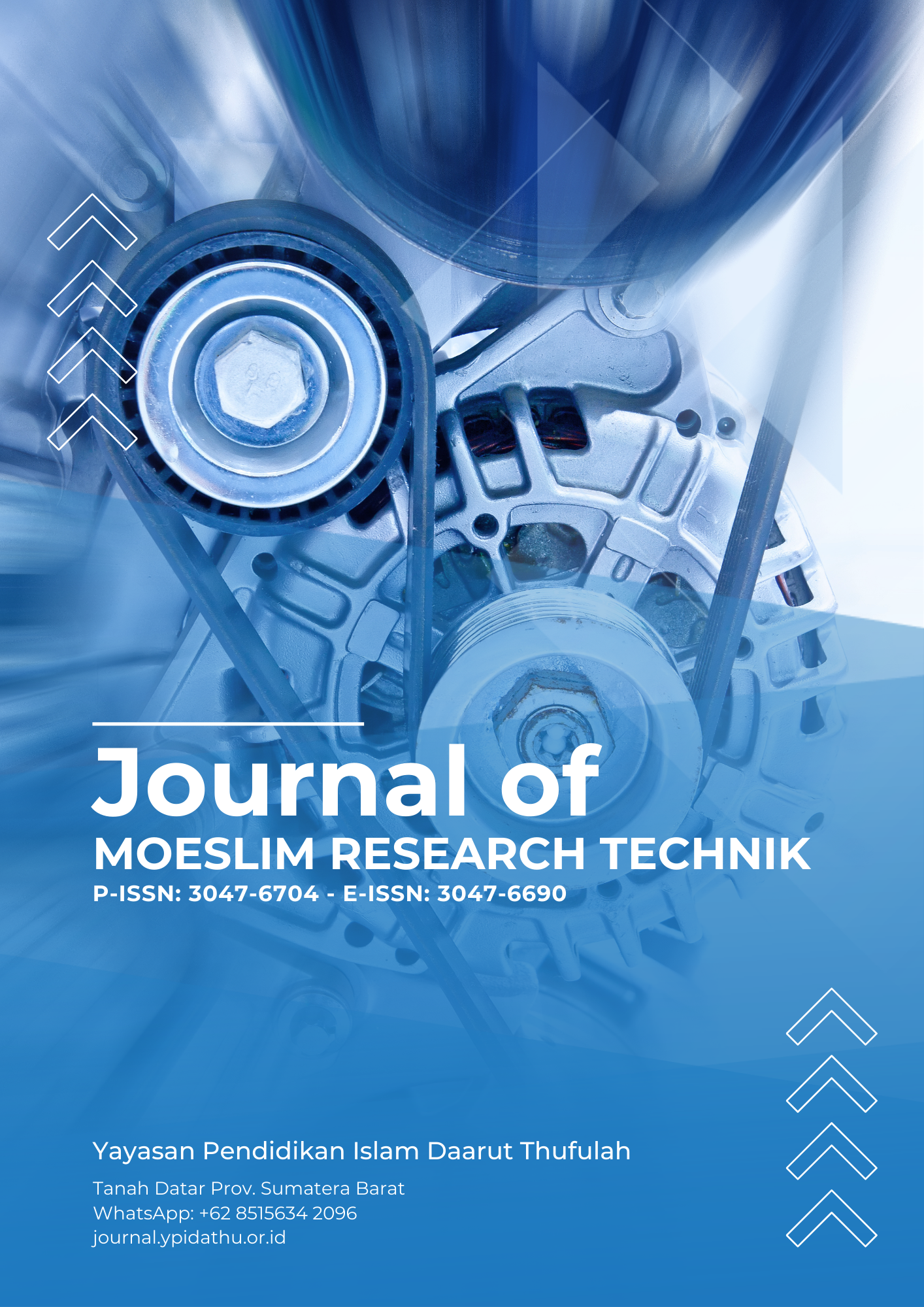Abstract
The characteristics of concrete are that it has high compressive strength and low tensile strength. To increase the tensile strength of concrete, it is necessary to use fiber as a constituent material for concrete. This study aims to evaluate and compare the tensile strength value of concrete containing sea sand and seawater with or without steel fiber reinforcement stolen by seawater for 28 days, as well as analyze the homogeneity of the concrete mixture. The materials used are composite portland cement, gravel, sea sand and seawater and 3D 80/60 BG dramix. Determination of the volume fraction of steel fibers is 0% - 2.5% to the weight of cement. Testing the tensile strength of concrete using the split tensile strength method. The results tensile strength showed that the value of seawater concrete increased due to the reinforcement of steel fiber, with the addition of 2.5% steel fiber, which was 17.8%. The tensile strength value of seawater concrete increased due to the reinforcement of steel fiber, with the addition of 2.5% steel fiber, which is 24.2%. Overall, all test specimens showed uniformity or homogeneous amounts of gravel and steel fibers in all four cross-sectional areas.
Full text article
References
Conference on Our World in Concrete and Structure. 2011. Singapura.
A. M. Neville. 2005. Properties of Concrete 4th Edition. London : Prentice Hall.
American Committee Institute (ACI) committee 544. 2002. State-of-the-Art Report on Fiber Reinforced Concrete.
Adnan, H Parung, M W Tjaronge, and R Djamaluddin. “Compressive Strength of Marine Material Mixed Concrete.” IOP Conference Series: Materials Science and Engineering 271 (November 2017): 012066. doi:10.1088/1757-899x/271/1/012066.
Badan Standardisasi Nasional. 1993. Standar Nasional Indonesia (SNI) 03-2834-1993 Tata Cara Pembuatan Rencana Campuran Beton Normal. Jakarta : Dewan Standardisasi Nasional.
Badan Standardisasi Nasional. 2002. Standar Nasional Indonesia (SNI) 03-2491-2002 Metode Pengujian Kuat Tarik Belah Beton. Jakarta : Dewan Standardisasi Nasional.
Badan Standardisasi Nasional. 1996. Standar Nasional Indonesia (SNI) 03-4154-1996 Metode Pengujian Kuat Lentur Beton Dengan Balok Uji Sederhana Yang Dibebani Terpusat Langsung. Jakarta : Dewan Standardisasi Nasional.
Wasan I.K. dkk. 2012. Mechanical Properties of High Perfomance Fiber Reinforced Concrete. Baghdad : University of Technology.
Irmawaty, Rita. 2013. Effect Of Seawater As Mixing Water On The Mechanical Properties Of Mortar and Concrete.
Mohammed, T. U, Hamada, H. and Yamaji, T. 2004. Performance of seawater-mixed Concrete in the Tidal Environment. Cement and Concrete Research 34 : 593-603. Japan.
Otsuki, N., Furuya, D., Saito, T. dan Todokoro, Y. 2011. Possibility of Sea Water asMixingWaterinConcrete.36thConference on Our World in Concrete & Structures. Singapore.
Tjaronge, M. W., dkk. 2011. Effect of Sea Water on The Strength of Porous Concrete Containing Portland Composite Cement and Microfilament Polypropylene Fiber. Proceedings of the Sixth International Conference on Asian and Pacific Coasts (APAC 2011). Hong Kong, China.
Tjaronge, M. W. 2014. Teknologi Material Beton yang Berwawasan Lingkungan dan Aplikasinya Pada Pembangunan Berkelanjutan. Orasi Ilmiah. Makassar
Authors
Copyright (c) 2024 Adnan Adnan

This work is licensed under a Creative Commons Attribution-ShareAlike 4.0 International License.

